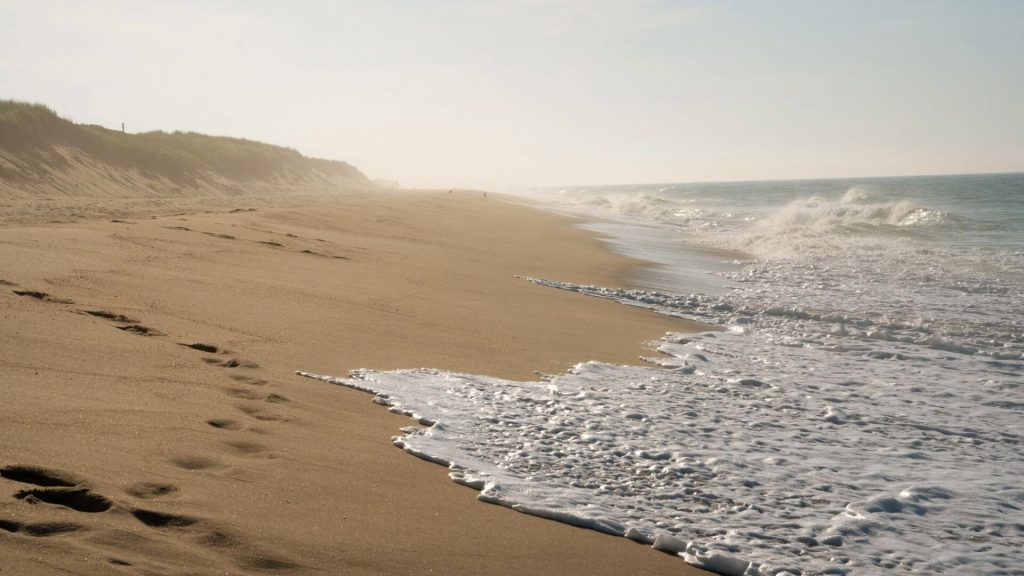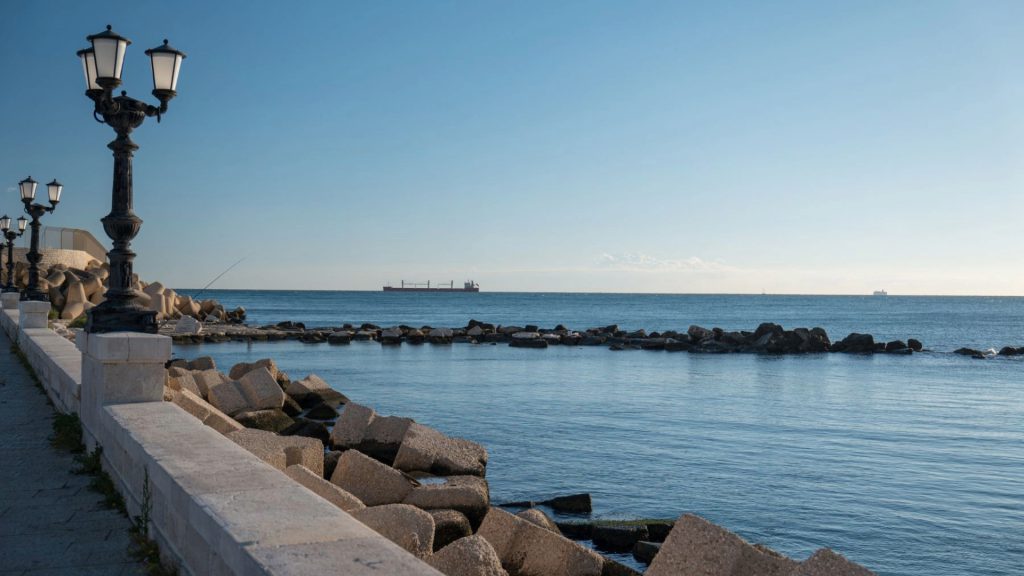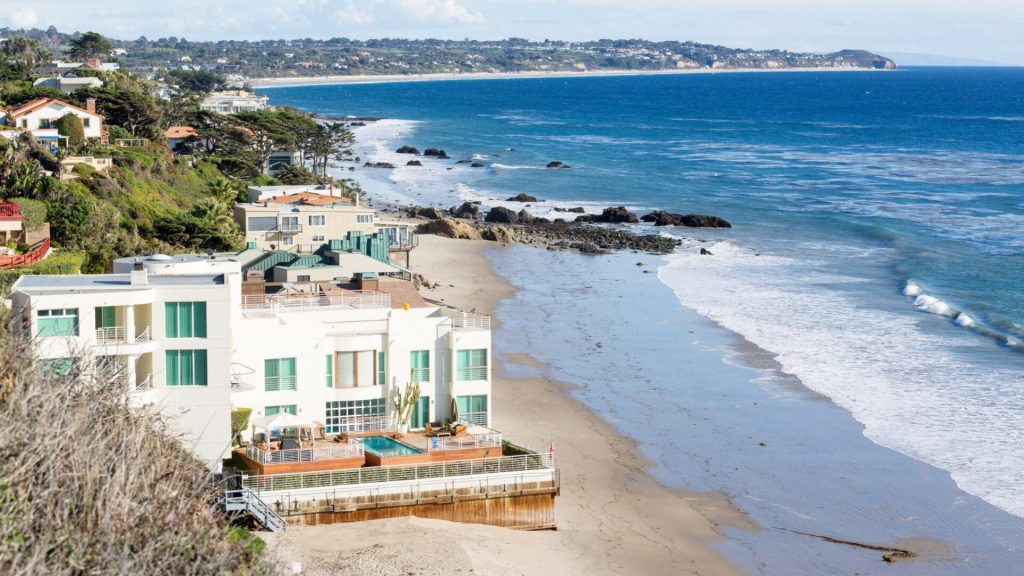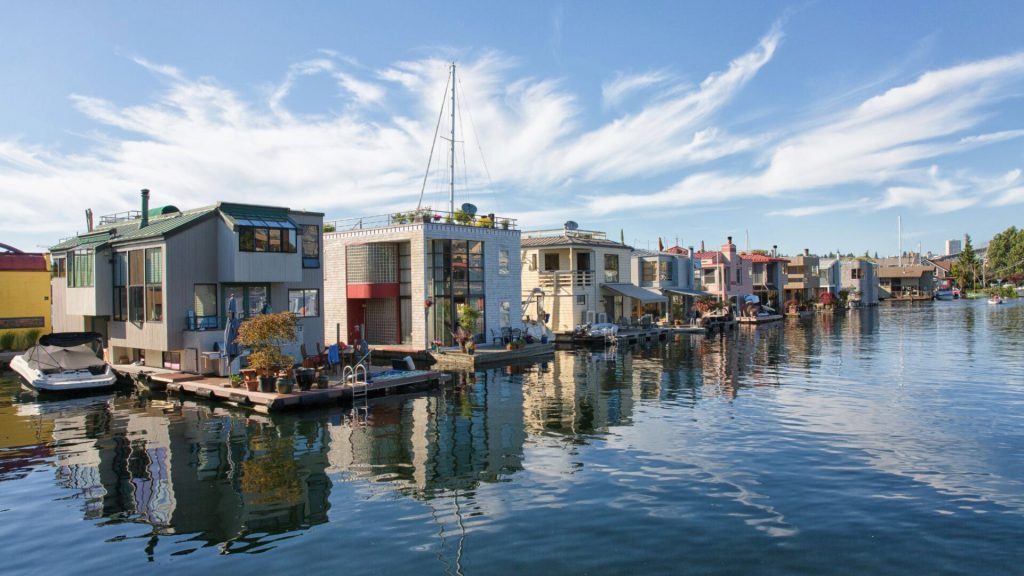Global warming isn’t just taking our environment from us – it’s also taking some of the country’s most valuable and desirable homes. As temperatures rise, so do sea levels. And when sea levels rise, homes along the coastline risk being swept away by the ocean. For one homeowner, it means seeing the value of their home drop by nearly 75%.
Nantucket Home Hits The Market In September
In September 2023, a three-bedroom, two-bathroom waterfront home was listed for sale in the island town of Nantucket, Massachusetts. The homeowners listed the 2,625-square-foot property – which they described as a ‘beautiful seaside retreat’ – for $2.3 million

That might seem like a steep price, but it’s actually well below the median home value in the area – which is currently around $3.2 million. In a market where home prices are continuously increasing, many were wondering how such a beautiful property could be so cheap.
Property Loses 70 Feet Of Shoreline
Well, let’s just say it might not be there much longer. Over the course of several weeks, the property lost more than 70 feet of shoreline as sea levels rose and coastal erosion wreaked havoc on the land – to the point of what seemed like no return.

That’s 70 feet of property that will never be seen again, as it’s now one with the ocean.
New York Resident Lays Down All-Cash Offer
If you thought its short shelf life would deter someone from making an offer on the home, think again. It took a price cut – a massive one, to say the least – but New York resident Brendan Maddigan, who visits Nantucket often, saw it as a no-brainer.

The homeowners ended up slashing the price of the home down to $600,000 – a 74% price cut, which is unreal for a home this beautiful. Some listings in the area were as high as $8 million, which shows just how desirable of a location it’s in.
Maddigan Says The Home Is ‘Amazing’
Some people might call him crazy—insurance experts are certainly scratching their heads—but Maddigan is happy with his decision. In fact, he was so pumped about the purchase that he made an all-cash offer to help speed the process along.

“The home is amazing. The location is amazing,” he said, according to Fortune. “And the price mitigates the risk to a good degree. I’d like to think that it’ll be there for a while, but I was definitely aware of the risk of any particular storm causing a problem in the future.”
Kathleen Biggins Blames Climate Change
In an interview with Fortune, Kathleen Biggins – founder and president of C-Change Conversations, a non-partisan climate change education organization – discussed the fear many people are living with as global warming threatens our way of life.

“As sea levels continue to rise, we’re also seeing land areas sink, both due to the increased temperatures from human-caused climate change,” she said – the exact problem the homeowners above were facing.
Insurance Rates Growing Out Of Reach
Just because you live in a dangerous area that’s prone to flooding and, potentially, sinking, doesn’t mean your home is uninsurable. Some insurance companies will still insure the home, but it’ll come at a hefty cost – almost too expensive.

“This heavily impacts coastal areas, especially as they become either uninsurable or extremely expensive to insure, because the risk of damage is just too high for market tolerance,” Biggins added.
40% Of Americans Live In Coastal Areas
What’s even more concerning is the number of people who currently live on or near a coastline. According to the National Oceanic and Atmospheric Administration, more than 40% of the American population lives in a coastal area.

That accounts for more than 130 million people – all of whom could see their homes washed away if sea levels continue to rise. And it’s not just America that needs to watch out – globally, 37% of people live within 62 miles of a coastline.
Residents Are Desperately Trying To Save Their Homes
Saying goodbye to your home is never easy. For some homeowners who live on a coastline, saying goodbye isn’t something they’re willing to consider right now. In fact, they’re doing anything possible to save their homes from becoming another statistic.

Unfortunately, their efforts aren’t going to prevent the problem from washing their home away. It might delay that day from happening, but it will eventually succumb to the waves. Of course, homeowners are fine with delaying it as long as possible.
Group Of Homeowners Build 15,000-Ton Structure
In the coastal town of Salisbury, Massachusetts, a group of property owners banded together to pay for a 15,000-ton sand dune structure designed to protect their homes from being overcome by the waves. It cost $500,000 to make, and each homeowner chipped in $5,000.

The sand dune structure was washed away three days later, but it had served its purpose during that time. “Moving forward, we need to address two items: dune grass planting and snow fence installation,” the volunteer organization that spearheaded the project wrote on Facebook.
Floating Homes and Office Buildings Offer Unique Solution
For those searching for a unique solution to the ever-evolving coastal erosion problem, a floating home or office building could be the ticket to longevity as a coastal homeowner – and one real estate developer is turning that dream into a reality.

The company is called Ichijo Co., and here’s what their website says: “In the event of a massive flood, once the house becomes buoyant, it resembles a stable moored ship. When flood waters recede, the house lowers itself almost exactly where it was before the flooding event.”
Smart Reefs Could Assist Relief Efforts
Homeowners can rest assured that experts are always searching for new ways to combat rising sea levels and the growing threat of climate change. Many organizations are starting to install ‘smart reefs’ in the waters to monitor conditions and predict major storms.

The reefs are equipped with instrumentation buoys with satellite communication capabilities to record wave, water temperature, and wind data. “This artificial reef is being done for the technology that will be on it, but also to begin to slow the impacts of amplified global climate change,” said one expert.
Real Estate Agent Warns Homeowners Of Bleak Future
As for the residents of Nantucket – specifically those who live along the coastline – Shelly Lockwood, a real estate broker in the area, doesn’t see the problem going away. In fact, she sees it worsening in the near future.

“Homes in certain areas, homes on certain streets, are going to go down in value. That’s inevitable,” she said, according to the New York Post. At the end of the day, these warnings are either going to lead some people to sell out of fear, and some to take the gamble. To each their own.






